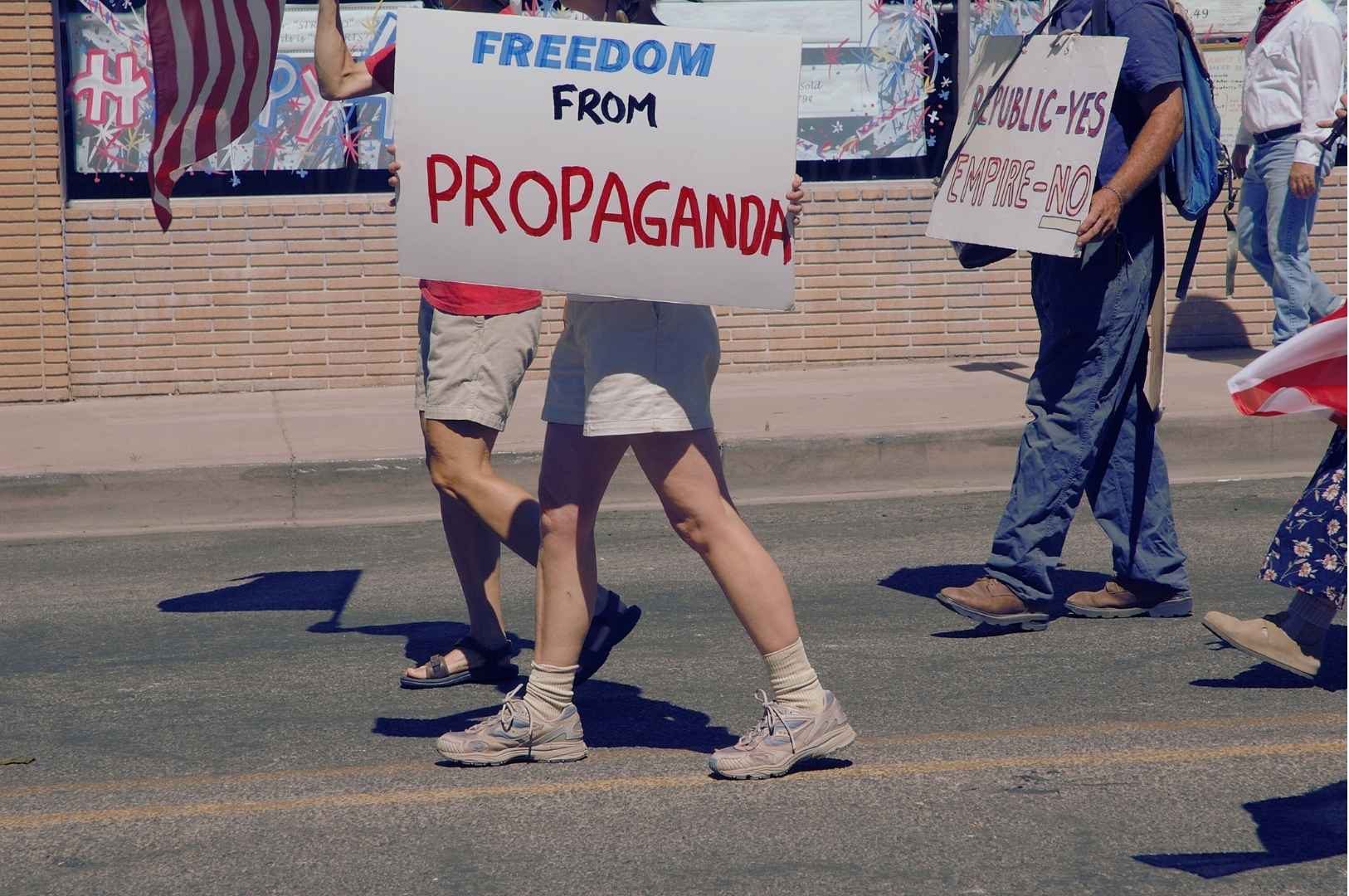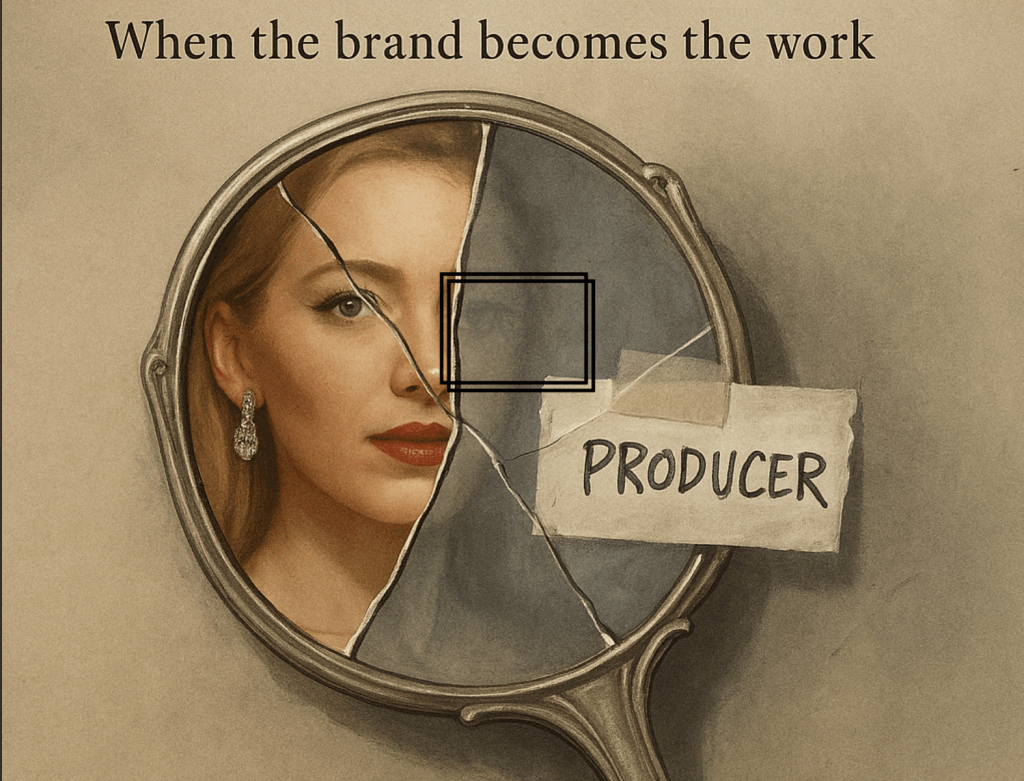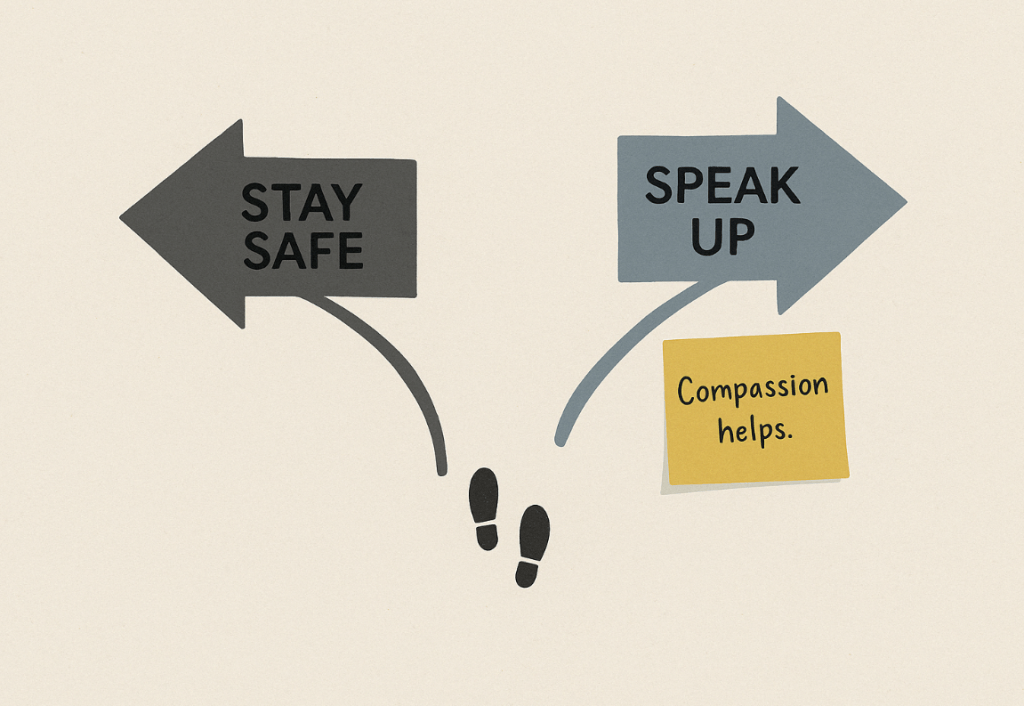The New Frontlines of War: We used to draft soldiers, now we draft content creators.
(This piece reflects a media critique, not a condemnation of any people or faith)
Israel social media propaganda. Somewhere between a skincare haul and a trauma dump, the algorithm slipped you a war. Maybe it was a drone strike set to an Olivia Rodrigo chorus. Maybe it was a “Day in the Life of an IDF Soldier” reel that looked suspiciously sponsored. Either way, it’s 2025 and war propaganda isn’t just on TV, it’s embedded in the algorithm, disguised as content.
Social media has become the frontline for political messaging, and right now, Israel is leading the charge with one of the most expensive and expansive propaganda campaigns in modern digital history. From bot-fueled comment sections to Instagram reels curated for empathy, propaganda is now a sponsored experience, and you’re the audience, the battleground, and the product.
Israel social media propaganda – The War Isn’t Just on the Ground, It’s in Your Scroll
Israel is spending at least $17 – 18 million directly targeting U.S. audiences on social media platforms like TikTok, Instagram, YouTube, and Facebook—part of a broader $150 million hasbara (public diplomacy) budget in 2025 (Reuters, Haaretz, The Guardian). These aren’t generic PSAs, they’re data-driven, behaviorally optimized ads pushed into feeds of swing demographics: liberal Jews, Black progressives, college students, and politically unaffiliated creators. Some are even fronted by AI-generated influencers and bots deployed in covert campaigns.
They’re not aiming to win arguments, they’re trying to tilt your sense of what’s normal.
Meanwhile, Iran is painted as the new boogeyman, even as Israel remains the active occupier of Palestine and has now escalated to direct military confrontation with Iran.
This is brand strategy acts as foreign policy.
Israel social media propaganda – Content Creators as Collateral
On TikTok, creators are finding themselves unwilling participants in a digital proxy war. Some post ironic memes about getting drafted or poke fun at the absurdity of WW3 discourse. Others try to make heartfelt commentary. But the algorithm doesn’t care about nuance. It boosts whatever keeps people scrolling.
A beauty influencer can post a GRWM in the morning and find herself in a debate about genocide by sunset. Content gets reframed, clipped, or stitched into narratives no one signed up for. Even silence becomes a political act.
Viral Empathy vs. Sponsored Loyalty

Grassroots content, videos of children screaming during missile attacks, families trying to flee, people live streaming as their cities burn spreads fast because it’s raw. It’s emotional. It’s real. But right next to it are crisp, polished ads funded by a government actively engaged in the violence.
One’s trying to survive. The other’s trying to stay on message.
And in between them? Us. Emotionally exhausted. Algorithmically confused.
Echo Chambers, Sponsored by War
Let’s zoom in.
A Gen Z user scrolls TikTok. She sees a video of someone jokingly prepping outfits for the draft. It’s funny, but the captions are filled with fear. She likes it.
On the other side of the city, another user, same age, similar habits, gets a paid ad: an Israeli soldier handing out water bottles to smiling kids with a soft filter over it. She pauses, watches it to the end. TikTok learns. She gets more.
Two Americans open TikTok at the same time. One sees satire with a missile in the background. The other sees a military ad that feels like a UNICEF PSA. Both believe they’re seeing the truth. Neither is technically wrong, but both are deeply curated.
The Iran–Israel war is a case study in how online platforms no longer deliver a unified experience. They deliver fragments. Belief systems. Realities, plural. And the scariest part? Most of us don’t even notice it.
The Performance of Knowing
Everyone’s expected to have a take, but no one has time to read. Gen Z is out here juggling student debt, climate grief, and now forced into geopolitical literacy because governments realized they can skip diplomats and go straight to DMs.
And the line between information and manipulation? It’s not even blurry anymore. It’s decorative.
Maybe the worst part is how familiar it feels. Like we’ve already been here. The hashtags, the trending songs, the cycle of outrage and forgetfulness. We call it “discourse” but it functions like digital whiplash.
You might call it engagement. Someone else calls it war.
Want to go deeper?

Propaganda doesn’t work in isolation, it feeds on burnout, bias, and broken systems. If this war is in your feed, it’s time to ask why.
Start here:
- The Messy Middle of Inclusion – When progress feels like performance and no one’s sure if it’s working.
- Who Fuels the War – A closer look at the players who profit from conflict.
- Art as Resistance – Why expression is still treated as a threat.
- The Power That Lost – When the empire loses its grip but keeps the spotlight.
- The TIME100 Era of Influence – Because when it comes to power, press kits are winning over principles.







